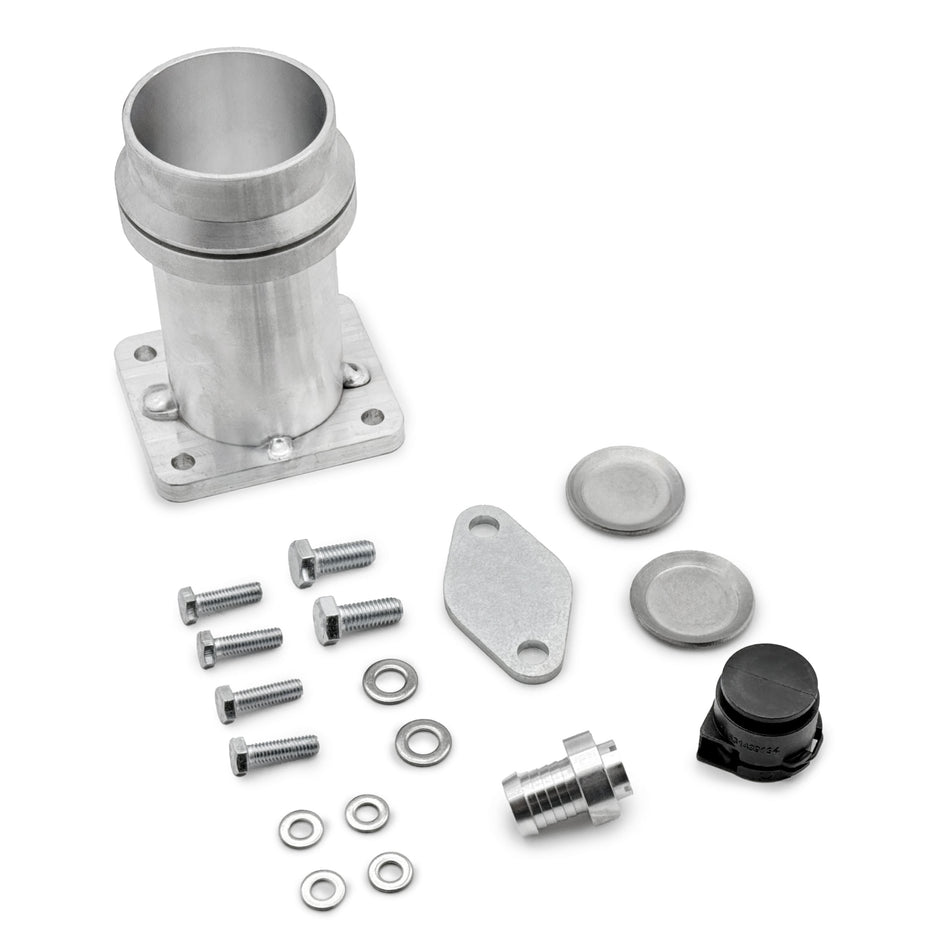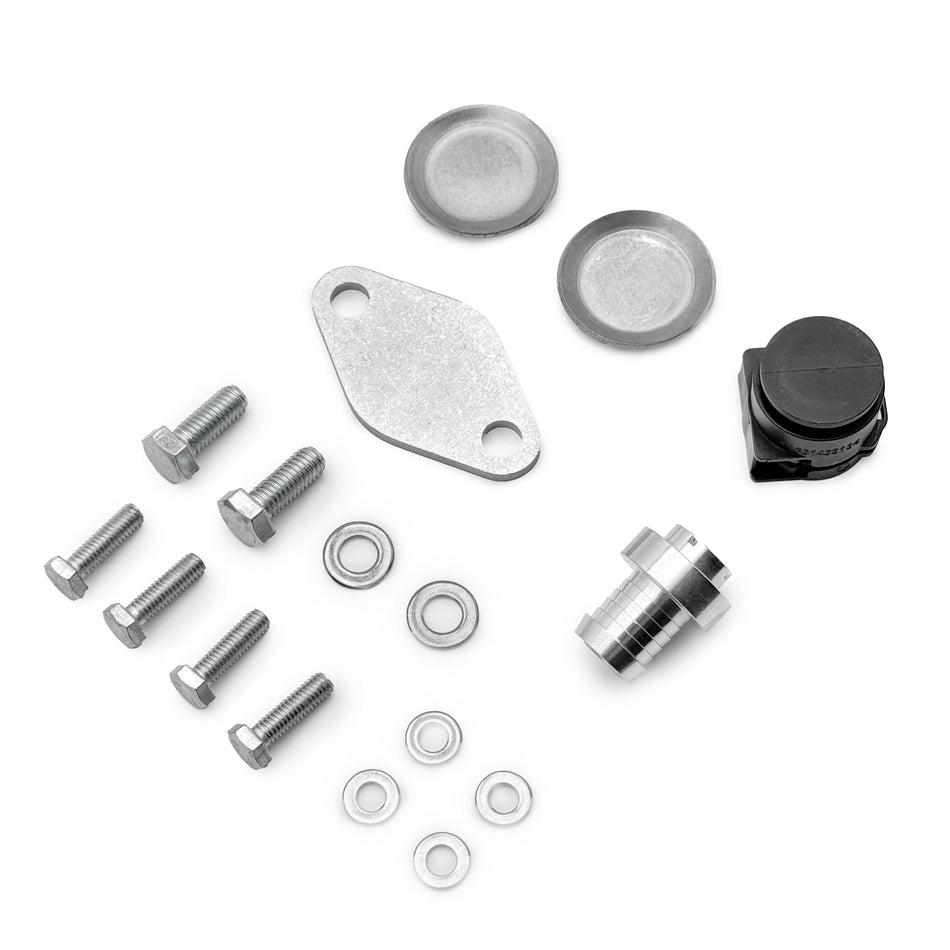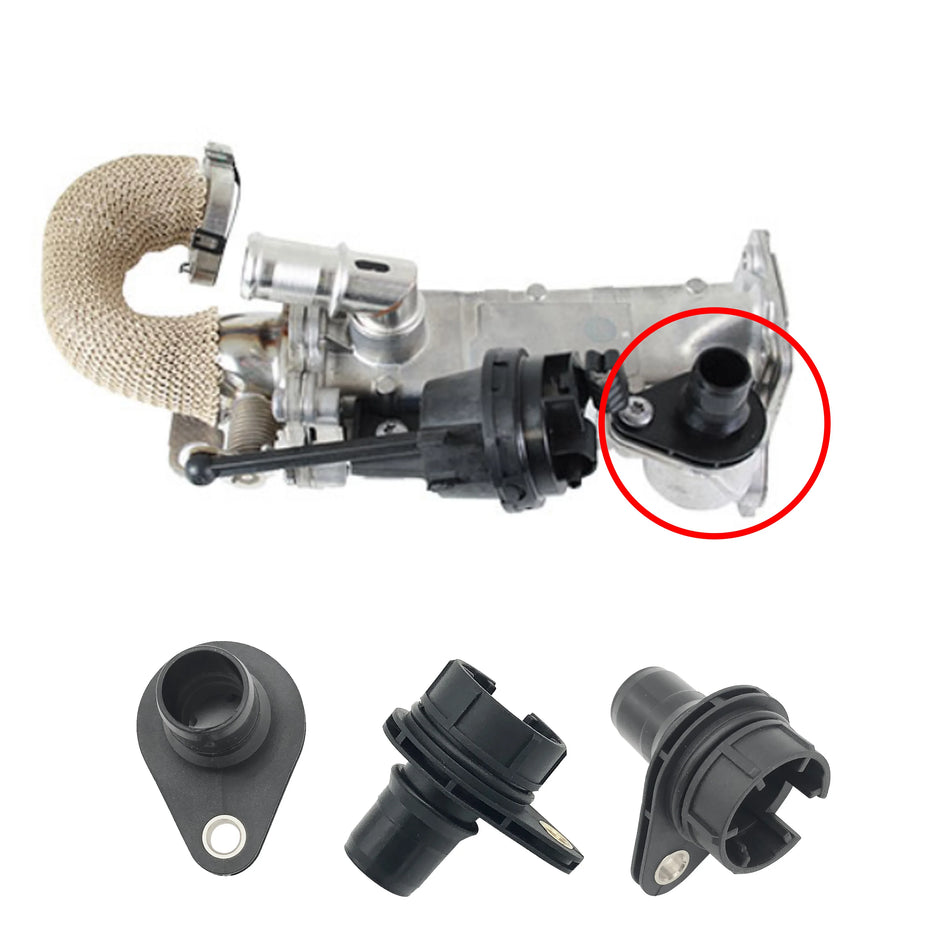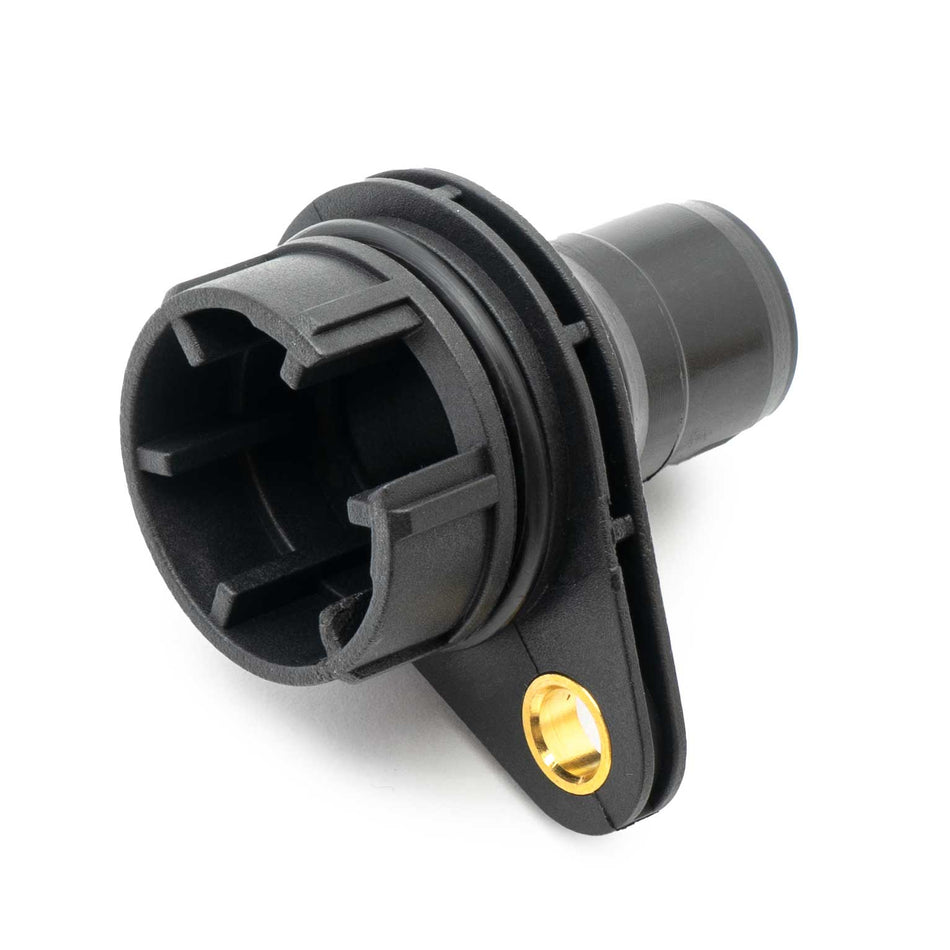52 Products
The Exhaust Gas Recirculation (EGR) system is an emission control mechanism used in both diesel and gasoline engines. Its function is to redirect a portion of exhaust gases back into the intake manifold. This lowers the combustion temperature inside the cylinders, reducing the formation of nitrogen oxides (NOx), which are among the most harmful pollutants produced by internal combustion engines.
The system typically includes an EGR valve, actuator, temperature and pressure sensors, and, in many modern vehicles, an EGR cooler. While effective at reducing emissions, the system operates under harsh thermal and chemical conditions. Over time, soot, oil vapors, and carbon deposits accumulate inside the EGR valve, cooler, and intake manifold, causing clogging, sticking, and loss of engine efficiency.
When this happens, the EGR system no longer regulates the flow of exhaust gases correctly, leading to power loss, poor throttle response, rough idling, and higher fuel consumption.
Why EGR systems are deleted and what the benefits are
Drivers and mechanics often choose to remove or block the EGR system when it becomes unreliable or constantly triggers fault codes. The main reasons for performing an EGR delete are related to performance, reliability, and maintenance savings.
Removing or disabling EGR restores the natural airflow between the turbocharger, intercooler, and intake manifold. This eliminates soot buildup and keeps the intake clean, ensuring more stable combustion. As a result, the engine gains smoother acceleration, better fuel economy, and a longer turbocharger lifespan.
When properly combined with ECU recalibration, an EGR delete also improves throttle response, reduces exhaust gas temperatures (EGT) at high loads, and prevents carbon contamination of intake valves. Another important benefit is maintenance cost — cleaning or replacing an EGR valve, cooler, or sensor can cost several hundred dollars, while a complete EGR removal kit is a one-time, cost-effective solution.
However, it is important to note that removing or disabling the exhaust gas recirculation (EGR) system alters the emissions system, meaning the vehicle may no longer meet federal or state emissions standards in certain regions. Klifex kits are designed primarily for off-road and motorsport applications in markets where local regulations allow such modifications, but you can remove or disable a malfunctioning EGR yourself with our repair kit and improve the performance and restore the performance of your passenger car just as easily.
About the EGR Delete Kit
An EGR Removal Kit is a precisely engineered set of components that allows you to physically block or bypass the EGR circuit without damaging the engine or triggering leaks. Each kit includes high-quality stainless-steel block-off plates, exhaust and intake gaskets, heat-resistant bolts, and, in some models, coolant bypass fittings for EGR coolers.
Klifex EGR delete kits are designed specifically for each engine type and model — for example, BMW M57 and N47, VW 1.9 TDI and 2.0 TDI, or Land Rover TD5. Each set matches OEM dimensions to guarantee proper sealing and alignment with the original exhaust and intake flanges.
All parts are produced using corrosion-resistant steel or aluminum alloys capable of withstanding temperatures up to 900 °C. The gaskets are made of reinforced composite materials, ensuring zero leaks and long-term durability.
The kit can be installed without modifying the engine block or intake system. Once fitted, the EGR flow is completely isolated, preventing exhaust gases from entering the intake manifold. When combined with proper ECU calibration, the engine runs cleaner, more efficiently, and with a consistent boost pressure.
Klifex also provides EGR repair components for vehicles where the valve or actuator is still in use but needs service — including diaphragms, seals, and actuator repair kits.
Related EGR repair and intake components
In addition to complete EGR delete kits, Klifex offers a wide range of parts that support the intake and emission systems, ensuring reliable long-term operation.
Products such as Vortex Damper Plugs and Swirl Flap Plugs are used to eliminate the swirl flap mechanism inside the intake manifold, preventing failures caused by broken flaps entering the combustion chamber. These plugs are machined to exact dimensions and seal the manifold ports securely.
The Vacuum Radiator Actuator and Vacuum Valve Actuator EGR are essential for vehicles with vacuum-controlled exhaust and cooling circuits, providing precise control over airflow and pressure regulation.
EGR Radiator Flanges and Intake Manifold Gaskets for Dampers ensure a tight seal when components are removed or replaced during maintenance. Each part is designed for high temperature resistance, ensuring long-term stability under diesel exhaust conditions.
By combining these components, mechanics can fully rebuild or modernize the intake and EGR system, achieving OEM-level functionality without the need for costly factory replacements.
Where to buy EGR Delete Kits in the USA
Klifex is a trusted European manufacturer specializing in precision automotive EGR Delete Kits and components. Every product is designed, tested, and shipped directly from our production facility to the United States with fast logistics and guaranteed quality control.
When you buy a Klifex EGR Removal Kit online, you receive:
- A complete OEM-fit solution with all required parts included;
- Corrosion- and heat-resistant materials suitable for diesel and gasoline engines;
- Technical support from experienced automotive engineers;
- Fast shipping across all US states and worldwide.
Klifex works with both private car owners and professional service stations, providing wholesale and retail options. Each kit is backed by a manufacturer warranty and detailed installation guidance.
Frequently Asked Questions (FAQ)
1. What vehicles are Klifex EGR kits compatible with?
Klifex produces EGR delete and repair kits for BMW, VW, Audi, Skoda, Seat, Land Rover, Volvo, Ford, and other European and Japanese vehicles.
2. Are Klifex kits suitable for diesel engines only?
Most EGR removal kits are designed for diesel engines, but Klifex also offers versions for gasoline engines where EGR is used to stabilize combustion and reduce detonation.
3. Do I need ECU tuning after installing an EGR Removal Kit?
Yes. After mechanical removal, the EGR system should be disabled in software to prevent fault codes and ensure proper fuel-air ratio.
4. Does EGR removal increase power?
It can improve throttle response and turbo efficiency, but the main benefits are reliability and reduced maintenance, not horsepower gain.
5. Will removing EGR affect the DPF filter?
If the ECU is properly recalibrated, the DPF will continue to function normally. Without tuning, regeneration cycles may shift.
6. What is the material used in Klifex kits?
High-grade stainless steel, aluminum alloys, and composite gaskets rated for up to 900 °C and resistant to corrosion.
7. Can I install the kit myself?
Yes, with standard workshop tools. However, for best results, installation by a qualified mechanic is recommended.
8. Are Klifex products shipped to the USA?
Yes. Klifex provides fast and reliable delivery across the United States with full tracking and customer support.
9. Does EGR removal affect emission compliance?
Yes, it changes emission characteristics.
10. Why choose Klifex instead of generic kits?
Klifex kits are engineered with OEM-level precision, include all components for a complete solution, and undergo strict quality control for durability and perfect fit.







